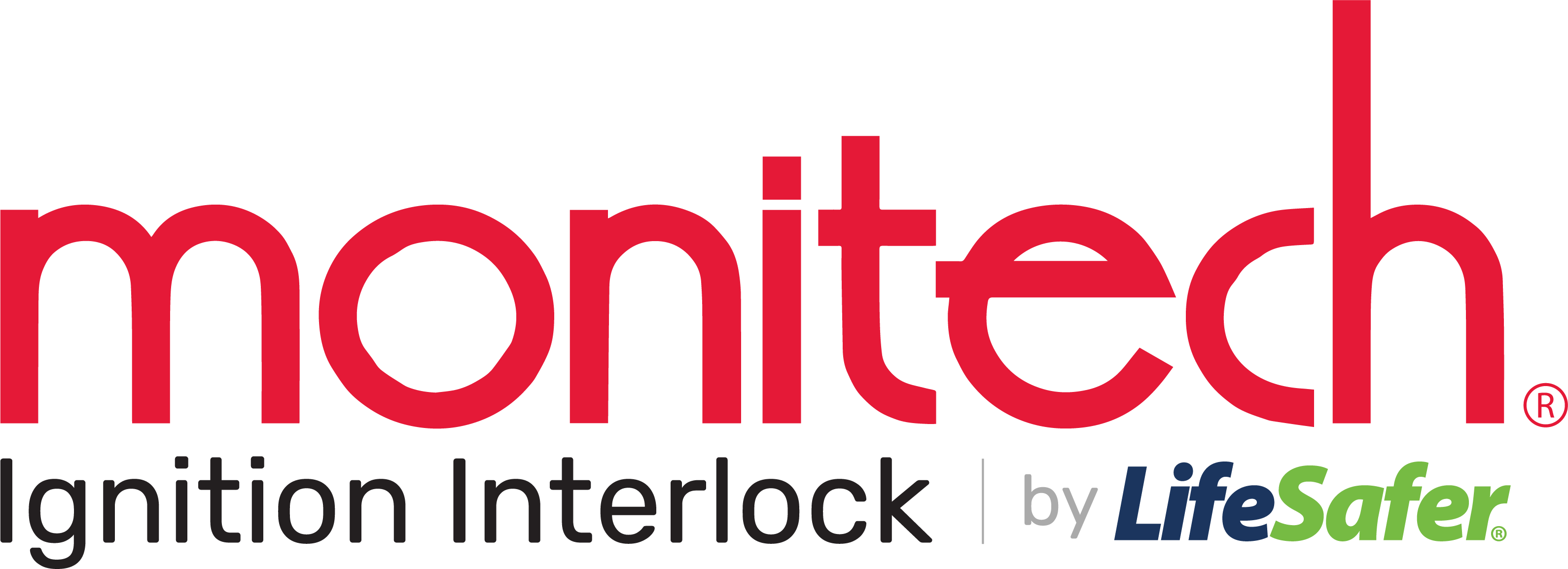Today’s post comes to us from fellow ignition interlock provider, LifeSafer.
You don’t use drugs. You drink rarely. And you’d never, ever get behind the wheel if you have had so much as a tablespoon of beer. That’s how careful you are about keeping yourself, your loved ones and the roads free of danger. But you might still be a menace to public safety. Have you ever:
– Gotten behind the wheel after a hard day’s work that followed a bad night’s sleep?
– Forced yourself out of bed and into a car because you just had to be somewhere that morning?
– Found your attention flagging so that you drifted onto the rumble strip on the highway?
Many otherwise conscientious people who would never dream of driving drunk — who are proud of their adamant refusal to drive even after a single glass of wine — nevertheless think nothing of drowsy driving. Somehow, it seems less risky. But the facts are that drowsy drivers have:
– poor motor skills
– poor vision
– slow response
– impaired judgment
In fact, the National Highway Traffic Safety Administration (NHTSA) claims that drowsy driving causes no less than 100,000 accidents every year, resulting in 40,000 injuries and 1,500 deaths. No doubt you’ve tried to wake yourself up using some common strategies. A recent study by the marketing company DMEAutomotive found that drivers most often fight drowsy driving by drinking caffeinated drinks. This works for a while, but coffee will not drive off drowsiness completely or for very long. Other strategies many use to combat drowsy driving include:
– opening windows
– playing loud music on the stereo
– turning up the air conditioning
– splashing water on your face
Unfortunately, these tactics have little lasting effect: after a few minutes you will still be as much a hazard on the road as a driver who has been drinking. The good thing is that, unlike drinkers, you have a relatively quick cure at your disposal: pull over and take a nap. Sleeping for at least 20 minutes, and up to 3 hours depending on how tired you are, will set you right. Now one more piece of bad news: drivers under 35 tend not to avail themselves of naps, preferring instead the ineffective methods above. Maybe it’s time to talk to your teen about drowsy driving.
